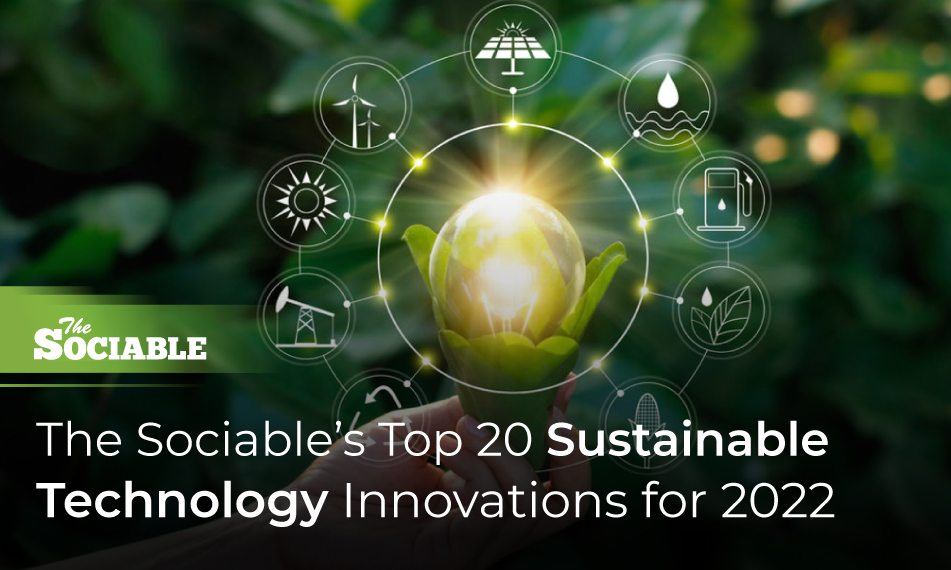As the world becomes increasingly aware of the environmental challenges we face, the tech industry is stepping up to play a crucial role in promoting sustainability. From reducing carbon footprints to developing eco-friendly products and embracing renewable energy, tech companies are driving innovations that support a more sustainable future. In this blog, we’ll explore how the tech industry is addressing sustainability and what it means for the future of our planet.
Why Sustainability in Tech Matters
The technology sector is one of the most influential industries globally, driving economic growth, innovation, and societal change. However, it is also a significant contributor to environmental issues, including electronic waste, high energy consumption, and resource depletion. With climate change and environmental degradation posing critical challenges, the tech industry has a responsibility to lead by example in the transition to a more sustainable world.
Key Areas of Focus:
- Energy Efficiency: Reducing the energy consumption of data centers, devices, and networks.
- Circular Economy: Promoting recycling, reuse, and the reduction of electronic waste (e-waste).
- Renewable Energy: Investing in renewable energy sources to power operations.
- Sustainable Product Design: Creating eco-friendly products that minimize environmental impact.
1. Energy Efficiency: Powering Tech with Less
Data centers, which power the internet and cloud computing, are notorious for their high energy consumption. According to estimates, data centers account for about 1% of global electricity demand, and this figure is expected to grow as the demand for digital services increases. To address this, tech companies are investing in energy-efficient technologies and practices.
Innovations in Energy Efficiency:
- Green Data Centers: Companies like Google, Microsoft, and Amazon are building green data centers that use advanced cooling systems, energy-efficient hardware, and AI-driven optimization to reduce energy use.
- Edge Computing: By processing data closer to the source, edge computing reduces the need to transfer large amounts of data to centralized data centers, thereby lowering energy consumption.
- AI and Machine Learning: AI is being used to optimize energy usage in data centers by predicting and managing workloads more efficiently.
2. Circular Economy: Tackling E-Waste
Electronic waste, or e-waste, is one of the fastest-growing waste streams in the world. Discarded devices, such as smartphones, laptops, and tablets, contain valuable materials like gold, silver, and rare earth metals, but they also pose environmental hazards if not properly disposed of. The tech industry is embracing the principles of the circular economy to address this challenge.
Key Strategies for E-Waste Reduction:
- Device Recycling Programs: Companies like Apple and Dell have implemented device recycling programs, where consumers can return their old devices for proper recycling or refurbishment.
- Modular Design: Some tech companies are exploring modular product designs that allow consumers to upgrade or repair individual components, extending the lifespan of devices and reducing e-waste.
- Sustainable Materials: The use of recycled or biodegradable materials in product manufacturing is becoming more common, reducing the environmental impact of new devices.
3. Renewable Energy: Powering Tech Sustainably
The shift to renewable energy is a critical component of sustainability in tech. Many leading tech companies have committed to powering their operations with 100% renewable energy, significantly reducing their carbon footprints.
Examples of Renewable Energy Initiatives:
- Google: Google has been a leader in renewable energy, achieving 100% renewable energy for its global operations since 2017. The company continues to invest in wind, solar, and other renewable energy projects.
- Apple: Apple is committed to using 100% renewable energy across its entire supply chain. The company has also developed a custom aluminum alloy that is smelted using a carbon-free process.
- Microsoft: Microsoft aims to be carbon negative by 2030 and has committed to removing all the carbon it has emitted since its founding by 2050. The company is investing in renewable energy and carbon capture technologies.
4. Sustainable Product Design: Creating Eco-Friendly Tech
Sustainable product design focuses on creating products that minimize environmental impact throughout their lifecycle—from sourcing raw materials to manufacturing, usage, and disposal. This approach not only reduces the ecological footprint of tech products but also appeals to environmentally conscious consumers.
Innovations in Sustainable Design:
- Eco-Friendly Materials: The use of recycled plastics, biodegradable materials, and sustainably sourced metals is becoming more prevalent in tech product design.
- Energy-Efficient Devices: Manufacturers are designing devices that consume less power, have longer battery life, and include energy-saving features, reducing their environmental impact.
- Longevity and Repairability: Companies are prioritizing product longevity and repairability, ensuring that devices last longer and are easier to repair, which reduces the need for frequent replacements.
5. Tech for Good: Leveraging Technology for Environmental Impact
Beyond improving their own sustainability, tech companies are leveraging their innovations to address broader environmental challenges. From AI-powered climate models to IoT devices that monitor environmental conditions, technology is being harnessed to create positive environmental outcomes.
Notable Initiatives:
- AI for Earth: Microsoft’s AI for Earth initiative provides AI tools and cloud resources to organizations working on projects related to agriculture, water, biodiversity, and climate change.
- Project Sunroof: Google’s Project Sunroof uses AI to help homeowners assess their rooftop’s potential for solar energy, promoting the adoption of solar power.
- IoT in Agriculture: IoT devices are being used to monitor soil conditions, optimize water usage, and reduce pesticide use in agriculture, contributing to more sustainable farming practices.
The Future of Sustainability in Tech
The tech industry’s commitment to sustainability is not just a trend; it’s a necessity for the future of our planet. As technology continues to evolve, so too will the strategies and innovations that drive sustainability in the industry. Consumers are increasingly demanding eco-friendly products, and companies that fail to prioritize sustainability may find themselves at a competitive disadvantage.
Looking ahead, we can expect to see even greater integration of sustainability into tech operations, product design, and corporate strategies. With ongoing advancements in AI, IoT, and renewable energy, the potential for tech to drive positive environmental change is immense.
Conclusion
Sustainability in tech is more than just a buzzword; it’s a movement that is reshaping how the industry operates and innovates. By focusing on energy efficiency, embracing the circular economy, investing in renewable energy, and designing eco-friendly products, the tech industry is playing a vital role in building a sustainable future.
As consumers, businesses, and governments continue to prioritize environmental sustainability, the tech industry will be at the forefront of creating solutions that not only drive economic growth but also protect our planet for future generations.

